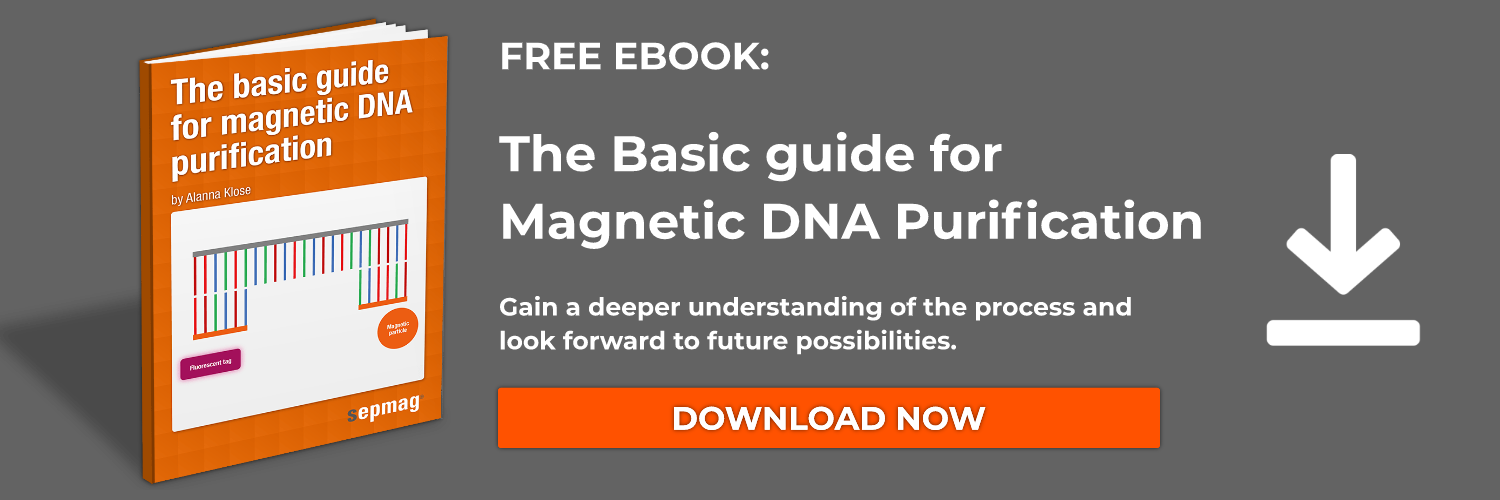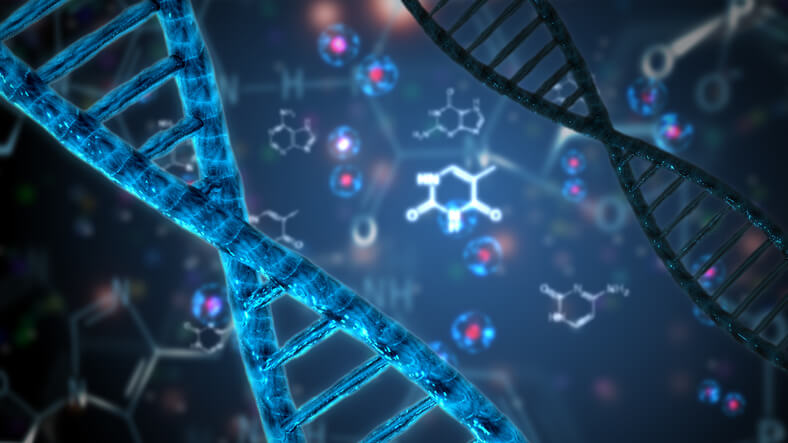Nucleic acids refer to biomolecules composed of nucleotides. A nucleotide is the name of a nucleic acid monomer which consists of a 5-carbon sugar base bound to a nitrogenous base and a phosphate group. The type of nucleotide is based on the type of nitrogenous base that is bound. For deoxyribonucleic acid (DNA) the four predominantly found bases are guanine, adenine, cytosine, and thymine. For ribonucleic acids (RNA) the four main bases are guanine, cytosine, thymine and uracil. Both DNA and RNA are part of the central dogma of molecular biology and are studied extensively. Nucleic acids are also used for research and therapeutic purposes. In order to study and use nucleic acids, it is important to have a system of nucleic acid labeling. Nucleic acid labeling can also be used to track nucleic acids.
Nucleic acid labeling methods
To understand how nucleic acid labeling works, let's discuss a few examples. Nucleic acids can be labeled using enzymes. The T4 RNA ligase for example helps catalyze a 5’-phosphate attachment to the terminal 3’-hydroxyl on RNA or in some cases it can be optimized to act on single stranded DNA. You can use this enzyme to attach radioactive or chemical labels such as biotin to the 3’ end of the RNA. There is also a T4 polynucleotide kinase (PNK) enzyme. This enzyme is efficient at modified blunt or recessed ends at the 5’ end while other enzymes are not. The PNK transfers a phosphate group from ATP to the 5’ hydroxyl. This can be used to attach a radiolabel to DNA or RNA. Another method is using an RNA polymerase to incorporate nucleic acid labeling while creating an RNA polymer. RNA polymerase works to create a polymer by helping bind and incorporate the 5’-phosphate of one nucleotide to the 3’-hydroxyl of the chain. It requires more reagents to operate than the previous enzymes, such as a promoter and cofactors. With RNA polymerase though, you can create a polymer while doing nucleic acid labeling.
Types of nucleic acid labels
There are several types of labels available for nucleic acid labeling. There are many kits available to help you do your nucleic acid labeling as well. Some enzyme labeling techniques are part of colorimetric detection methods. Other labels include fluorescein, radiolabels or biotin.
Nucleic acid labeling conclusion
Nucleic acid labels can also serve as a way to purify nucleic acids. You can read more about nucleic acid purification methods in our many articles. You can read about RNA purification in RNA purification kit or learn about the protocol for RNA purification in RNA purification protocol. You can learn more about RNA extraction in our article RNA extraction kit. If you’re doing nucleic acid labeling in your lab, you probably need to purify the RNA to get rid of the reagents used to create the modified RNA. This kind of purification can be done efficiently with modern magnetic bead technology which is described in the articles mentioned in this paragraph. If you need a straightforward method with good yield, consider magnetic bead separation for your nucleic acid labeling. 
Related news




